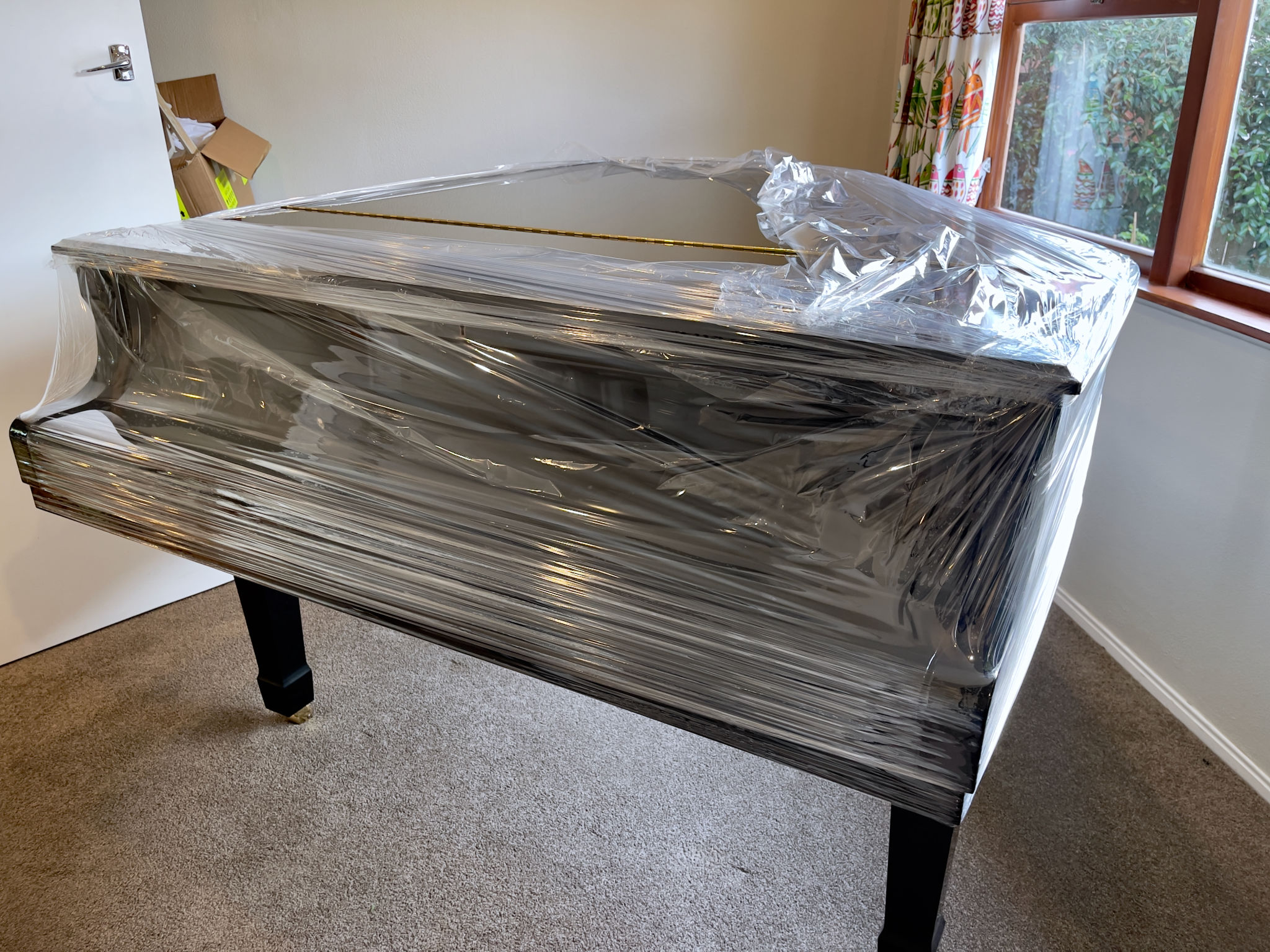How to Safely Move a Piano: Tips from Expert Piano Movers
Understanding the Challenges of Moving a Piano
Moving a piano is no easy feat. These musical instruments are not only heavy and bulky but also delicate and valuable. Improper handling can lead to damage, both to the piano and your property. That's why it's crucial to understand the unique challenges involved in moving a piano and how professional piano movers tackle them.

Preparation is Key
Before you even think about moving your piano, proper preparation is essential. Start by measuring the dimensions of your piano and the spaces it will pass through. This includes doorways, hallways, and staircases. Having these measurements on hand will help you plan the best route and avoid any surprises on moving day.
Next, gather the necessary moving supplies. You will need heavy-duty furniture straps, moving blankets, and a piano dolly. These tools are essential for protecting the piano and making the move as smooth as possible. Ensure you have a team of at least three to four people to assist with the move, as pianos are extremely heavy.
Protecting the Piano
Once you're ready to move the piano, start by protecting it from potential damage. Use moving blankets to cover the entire piano, securing them with tape or straps. This padding will help prevent scratches and dents during the move. If your piano has removable parts, such as music stands or pedals, take them off and pack them separately.

Securing the Lid and Keys
It's important to secure the piano's lid and keys before moving. Close and lock the lid to prevent it from opening accidentally during transport. If your piano does not have a lock, use a piece of tape to keep the lid closed. For grand pianos, consider removing the legs and wrapping them individually to prevent breakage.
The Moving Process
With your piano properly protected, it's time to begin the moving process. First, position the piano dolly underneath the instrument. For upright pianos, this involves tilting the piano slightly to one side while a helper slides the dolly underneath. For grand pianos, you may need to carefully tip the piano onto its side before placing it on the dolly.

Transporting the Piano
Once the piano is securely on the dolly, carefully navigate it through your chosen route. Move slowly and communicate clearly with your team to avoid any mishaps. Pay special attention to doorways and tight corners, ensuring there is enough space to pass through without causing damage.
Setting Up in the New Location
After successfully transporting the piano to its new location, it's time to set it up. Remove the moving blankets and any tape or straps used during the move. If you removed any parts, such as legs or pedals, reattach them carefully. Position the piano in its new spot, ensuring it's on a stable and level surface.
Finally, consider hiring a professional piano tuner to ensure the instrument is in perfect condition after the move. The process of moving can sometimes cause pianos to go out of tune, so this step is essential for maintaining sound quality.
Conclusion: Trust the Experts
While it's possible to move a piano on your own, hiring expert piano movers is often the safest and most efficient option. Professionals have the necessary experience, equipment, and skills to ensure a smooth and damage-free move. By trusting the experts, you can have peace of mind knowing your prized instrument is in good hands.